In the realm of mobile app development, catering to a diverse global audience requires a seamless localization strategy. One of the pivotal components of successful Android localization is the effective utilization of resource files. These files play a critical role in tailoring your app’s content to different languages, regions, and cultures. In this blog, we’ll unravel the significance of resource files in Android localization and provide insights into harnessing them effectively.
Resource Files: The Backbone of Android Localization
Resource files in Android are the reservoirs of content that make your app adaptable to various languages and locales. These files house strings, images, layouts, and other assets, enabling you to present content that resonates with users worldwide. The ingenious part is that you can create different versions of these files for each language, ensuring your app feels native to users regardless of their location.
Harnessing the Power of Strings Resource Files:
Strings resource files, denoted by the “strings.xml” filename, are at the heart of Android localization. These files store all the text strings used in your app’s user interface. Rather than hardcoding text directly into your app, using strings resource files allows you to centralize and manage text content efficiently for different languages. This approach enhances maintainability and simplifies updates.
Layouts and Drawables for a Unified Experience:
Resource files also encompass layout and drawable files. Layout files (XML files) define the visual structure of your app’s user interface. By providing different versions of these files for each locale, you ensure that the layout adapts to text expansion or contraction in various languages. Drawables, including images and icons, can be tailored to specific cultural preferences, making your app visually engaging and culturally relevant.
Utilizing Qualifiers for Targeted Localization:
Android employs qualifiers to manage resource files effectively. These qualifiers include language, region, screen size, and orientation, among others. By appropriately configuring these qualifiers in your resource file names (e.g., “values-en-rUS” for U.S. English), Android automatically selects the correct resource files based on the user’s device settings, delivering a seamless localized experience.
Best Practices for Effective Resource File Management:
Centralization: Keep all your text content in strings resource files to ensure easy updates and consistency.
Clear Naming Convention: Use clear and intuitive naming conventions for resource files, incorporating language and region codes for clarity.
Comments and Documentation: Document your resource files with comments, providing context for translators and collaborators.
Regular Updates: As your app evolves, ensure that resource files are updated to reflect changes, new features, or improvements.
Collaborative Approach: Work closely with localization teams and translators to ensure accurate translations and cultural adaptations.
Conclusion: Elevating User Experience through Localization
Resource files are the linchpin of Android localization, empowering you to deliver a tailored user experience to a global audience. By effectively managing strings, layouts, and drawables in resource files, you create an app that feels native and resonates with users, regardless of their language or location. As you navigate the dynamic landscape of mobile app development, mastering the art of resource files is a key step toward crafting a truly global app that bridges linguistic and cultural divides.




